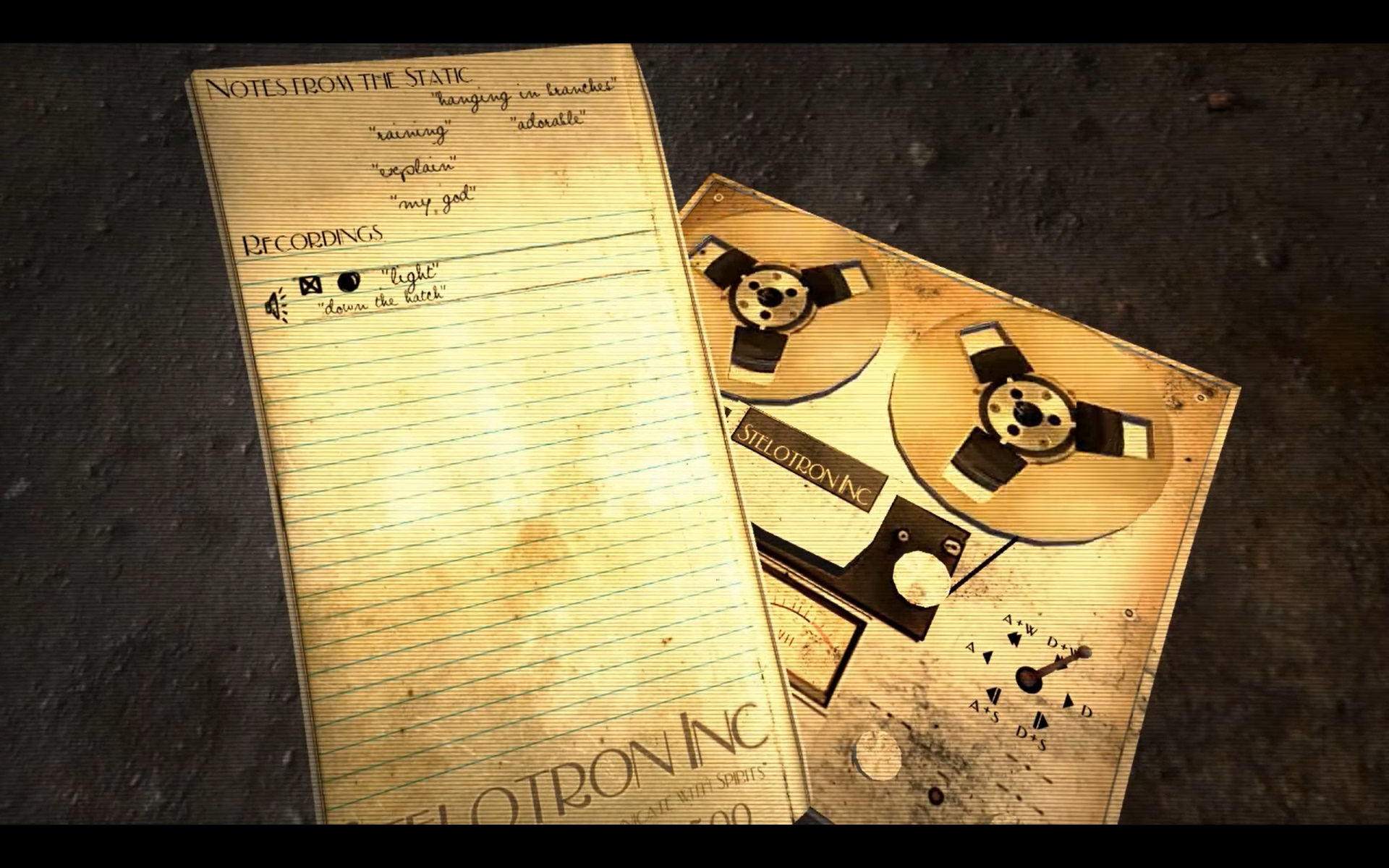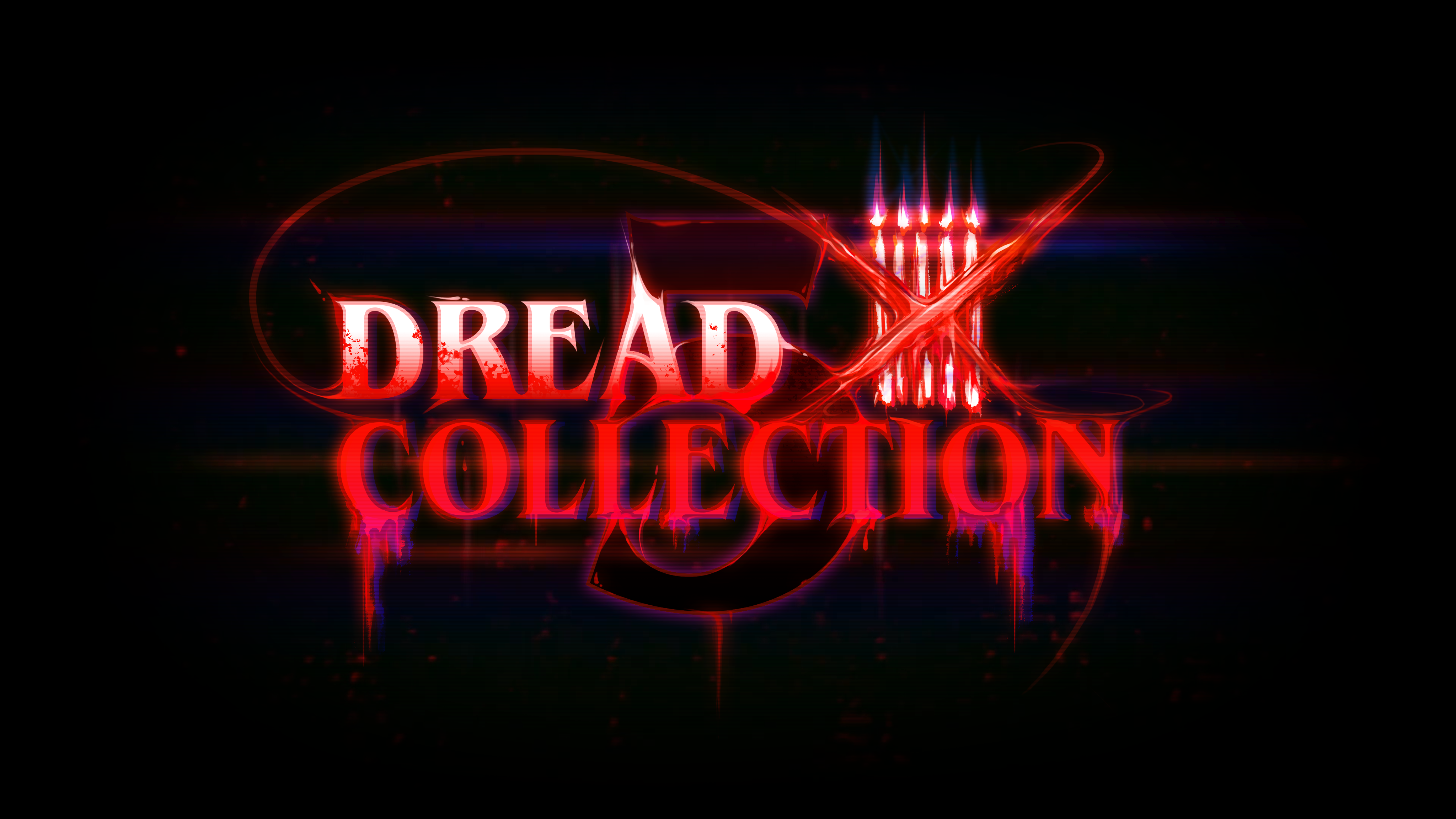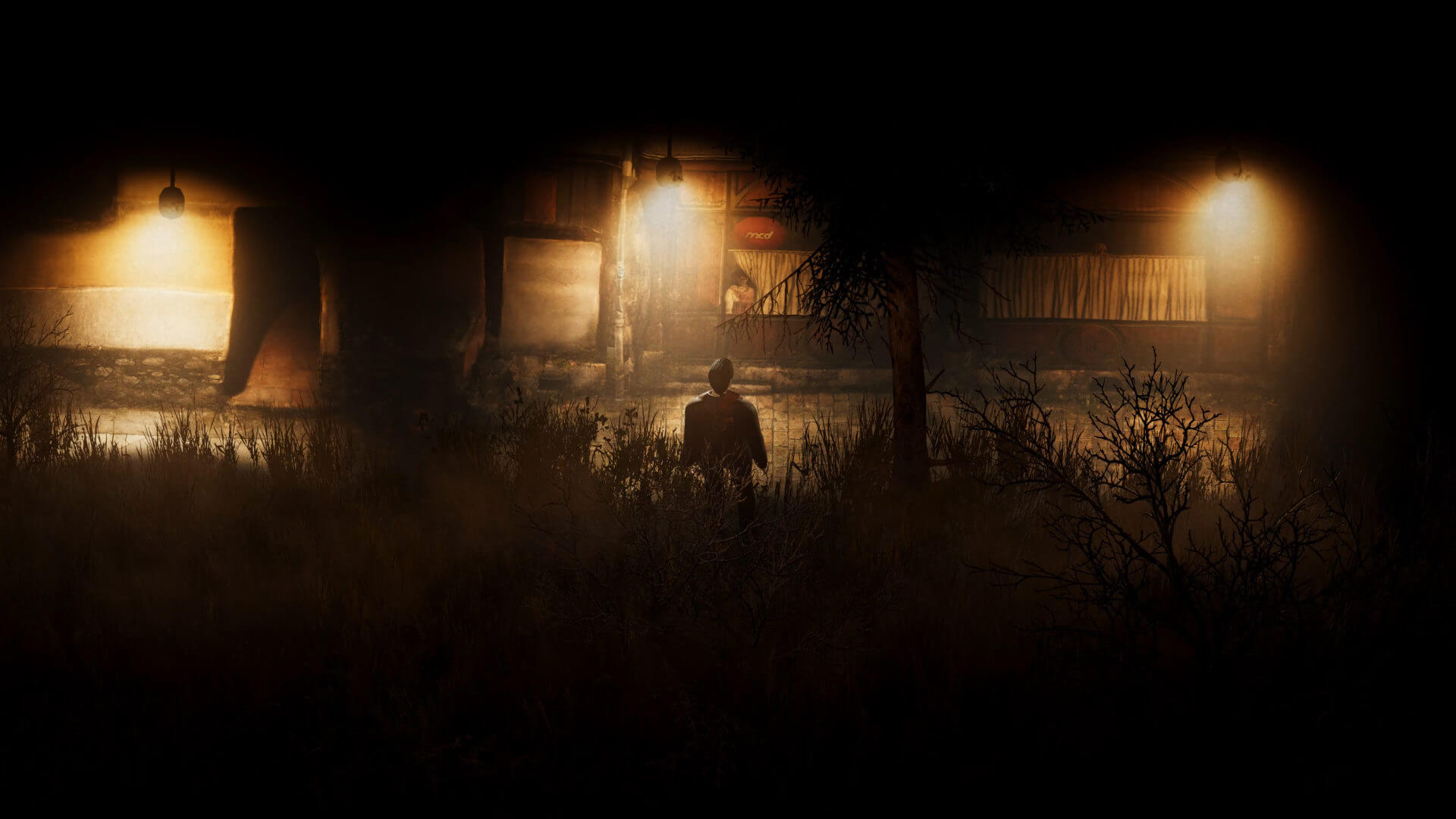
Sylvio Unsettles by Finding Creepy Voices in Distorted Sound
Sylvio is a compelling look at how audio is a vital piece of excellent horror. In it, you’ll be playing as an audio recordist who specializes in capturing ghostly voices. Being chased by phantoms is pretty scary. There’s something much more frightening about listening to them muttering in the dark. Hearing voices hissing at you in the static makes it feel like invisible things are skulking all around you. Not that you can always tell what they’re saying. With some interesting in-game tools, you’ll find out, though. Although you’ll likely wish you hadn’t.
Juliette Waters, our electronic voice phenomena enthusiast, heads to the Saginaw Family Park. It’s a forest park that’s been abandoned for decades. Its decaying buildings and silent fields are filled with ghostly voices, though. Just the place you’ll want to hang out to catch some spooky things whispering in the shadows. It definitely feels like a haunted place, too. The whole world has a red tint to it. It’s like a bloody mist hangs over everything. Or at least a cloud of rust and rot. It loans the locations this sense of being dead themselves. As much as a place can die, Saginaw feels like the park itself is a massive corpse.
I really mean the “massive” part. Saginaw is huge, and you’ll be meandering around Sylvio on foot or in a car to get to where you want to go. To figure out where that is, you’ll be using Juliette’s microphone. This handy tool can capture sounds and make them easier to hear. It also uses a meter to show when there’s audio in the environment. If it’s a flat line, there’s nothing to hear. If it starts to ripple and crackle, you’re close to a creepy voice or some important thing that’s making a sound. You’ll spend much of the game following these voices using your recorder, chasing frightening sounds in the sickening red light.

While the crimson haze made everything feel unsettling, it was these sounds that really started to make me afraid. You’ll often hear yourself listening to distortion. Hissing, static-filled noise that doesn’t have a source anywhere nearby. The more you listen, the more it feels like you’re hearing something talking within that static. It’s often very hard to make out, but there is typically a distinct human tone to the sound. Something about listening to these distorted voices really makes you feel like something unnatural is about.
And you get to walk TOWARDS it instead of away from it. I’m used to hearing creepy sounds in horror games. Even after all these years, I will usually back away for a little bit. I still need to gather myself if the sound is creepy enough. Sylvio immediately sees you pushing toward those sounds, though. And yes, most horror games do as well, but something about directly following the source of the sounds feels all the more dreadful. Something about watching your microphone’s meter rippling harder and harder, doing so until the whole sensor if filled with light, makes you feel like you’re walking towards your death. Or at least whatever disturbed thing has been talking to itself.
Even scarier is when you actually capture the voices of the ghosts. This can happen in a few ways. Sometimes, you will catch something that sounds like a word in the distorted audio. When that happens, Juliette writes it down on a notepad. Typically, I was still guessing at what the ghosts were saying when she would copy it down. This was nice, puzzle-wise, as I instantly learned what the ghost was saying even if I still wasn’t sure myself. It was less nice in that I would sometimes learn the ghost was saying something spooky that I wish I hadn’t learned.

Sylvio lets you get more in-depth with its recordings, too. You have an audio device that lets you play recordings forward or in reverse. You can also play them slowly or quickly, doing so forward and back as well. Sometimes you’ll stumble across a longer recording, and you’ll need to listen to them with the right playback speed to figure out what the ghosts are saying. This is a neat thing to do, but also something that’s deeply uncomfortable. The idea of listening closely to a ghost’s otherworldly mutterings feels like you’re skewing far too near to something from beyond this world.
You’ll start to hear small snippets of things that could be voices. It’s like you can almost sense them after a bit, even though they tend to be heavily distorted. You start to play around with various speeds, scrolling forward and back through the recording. You mess with the speed. Switch between forward and back. The voice keeps playing back stranger. Things sound more and more unreal and otherworldly. Then, you choose the right speed and direction, and hear a voice, utterly clear, say something.
These moments of audio discovery always gave me chills. Something about listening to this garbled mess, then suddenly catching a clear voice, feels like blundering right into a ghost standing in front of you. Sylvio is filled with moments like this that almost feel like audio jump scares. Nothing is screaming at you, though. It’s just the shift from distortion to utter clarity that makes it feel like the ghost is suddenly right there. It’s simultaneously incredible and completely bone-chilling.

This really takes advantage of the power of audio in horror. While the visuals and gameplay emulate reality, a part of you knows you’re playing a game. You can feel the controller. You’re looking at a world through a screen or monitor. Your mind knows they’re not real. Your ears can’t easily tell the difference at times, though. Static and distorted voices sound real to your ears. When you hear voices suddenly speaking clearly in that static, it sounds like reality. So, as you comb through those recordings and hear some dead spirit calling out, it feels jarringly like something is there with you. Your ears don’t quite know the difference, after all.
Sylvio is an intriguing horror game due to its reliance on audio to weave fear. Following voice recordings and hissing static makes for a disquieting journey. It gets even worse when you’re pulling those voices from recordings, whipping backwards and forwards until you hear something dead speaking clearly in your ear. Years later, I still find myself thinking back on some of those eerie voices, and am quietly excited that the developer continues to work on further games that explore electronic voice phenomena. Although given how much the original unnerved me, maybe “excited” isn’t the right word.



